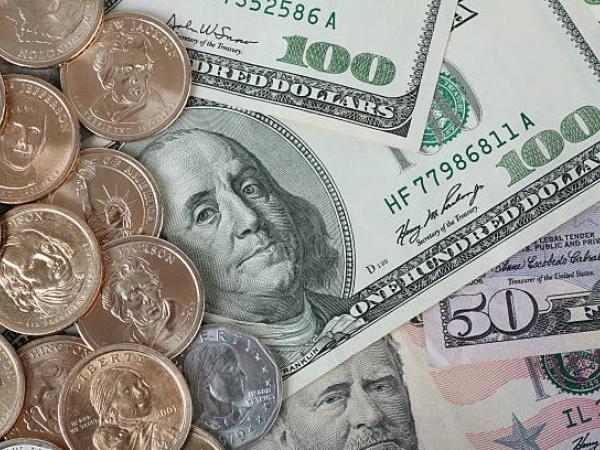The rise of the dollar and commodities (primary goods with international prices) and the heating of the economy explain most of the rise in inflation in 2024, the Central Bank (BC) said this Friday (10). The institution released, at the beginning of the evening, a letter to justify the fact that the Broad National Consumer Price Index (IPCA) was above the target ceiling last year.

In 2024, the IPCA stood at 4.83%above the target ceiling established by the National Monetary Council (CMN), of 3%, with a tolerance margin of 1.5 percentage points up or down. This way, inflation could have ended last year at up to 4.5% without the need for the BC to send the letter.
According to the document, the main factors that contributed to the 1.83 percentage point (pp) deviation in inflation from the center of the 3% target were imported inflation (contribution of 0.72 pp); the inertia of the previous year (0.52 pp); the output gap (0.49 pp), the economy producing above capacity and inflation expectations (0.3 pp)
Within the imported inflation group, the BC letter highlighted, the main contribution came from the rise in the dollar, with an effect of 1.21 pp; followed by commoditieswith an effect of 0.10 pp The Central Bank highlighted that the contribution of commodities The only reason the target was exceeded was not greater because international oil prices fell 5.4% last year, reducing the deviation from the center of the target by 0.59 pp.
Exchange rate depreciation
In relation to the dollar, the BC letter assessed that most of the exchange rate depreciation resulted from domestic factors. The document presented a graph showing that the real, which depreciated 19.7% last year, lost more value than the main currencies of emerging countries. In 2024, the Turkish lira lost 16.8%; the Mexican peso, 15.3%; the Chilean peso, 10.9% and the Colombian peso, 10%.
“The fact that the real was the currency with the greatest depreciation in 2024, considering its international peers and advanced countries, suggests that domestic and specific factors in Brazil played a significant role in this exchange rate movement. At the domestic level, economic agents’ perception of the fiscal scenario significantly affected asset prices and agents’ expectations, especially the risk premium, inflation expectations and the exchange rate”, highlighted the letter from the BC.
Internal market
Despite the predominance of external factors, the BC highlighted that economic growth also impacted inflation. “The growth in economic activity, which surprised upwards throughout the year, was strong and also contributed to inflation above the tolerance range. The Gross Domestic Product (GDP) grew 3.3% in the year to the third quarter of 2024. The BC expects growth of 3.5% for 2024”, highlighted the document.
According to the BC, the fact that the unemployment rate is at historic lows also helped to put pressure on inflation. In November, the unemployment rate measured by the Brazilian Institute of Geography and Statistics (IBGE) was 6.5%, the lowest value in the historical series.
As for services, generally related to the performance of the economy, the letter highlighted that inflation in the segment fell from 6.22% in 2023 to 4.77% in 2024. However, when excluding airline tickets, the index rises from 5. 4% to 5.53% in the same comparison.
In the case of industrial goods, the letter highlighted that inflation rose from 1.1% in 2023 to 2.89% in 2024. The BC attributed the increase to the appreciation of the dollar, the rise in the international price of metals and the growth of the economy .
Climate and fuels
Among the types of prices, the BC highlighted that different groups that make up the IPCA suffered inflationary pressure. The letter highlighted the inflation of food at home, which reached 8.22% in 2024, after registering deflation of 0.52% in 2023, largely influenced by the drought that hit much of the country last year, the increase in exports of meat and the rise in the price of various commodities agricultural.
In the administered price segment, with adjustments partially defined by the government, inflation was 4.66% last year, against 4.89% for free prices. Among the biggest contributions to inflation in administered prices, the BC highlighted health plans, which rose 7.88% in 2024, and pharmaceutical products (+5.96%).
According to the BC, the biggest contribution to administered price inflation came from the 9.7% rise in gasoline prices last year. Despite the drop in the price of oil, the Central Bank reports that the price of gasoline was influenced by the rise in the dollar, anhydrous ethanol and the increase in the Tax on Circulation of Goods and Services (ICMS) rates at the beginning of 2024.

















